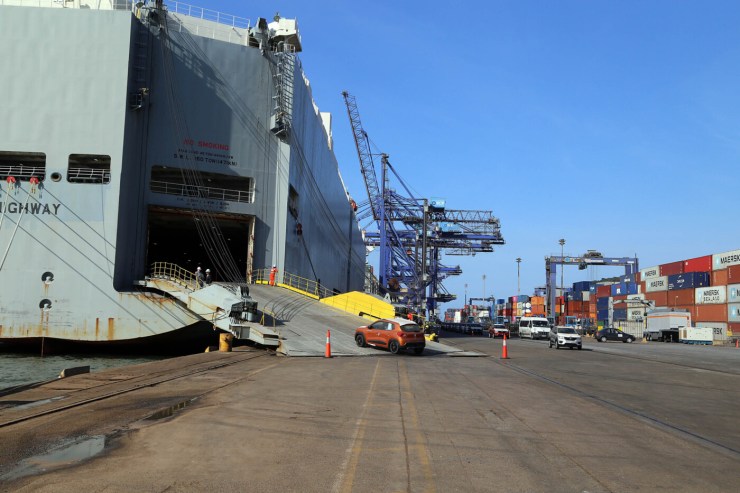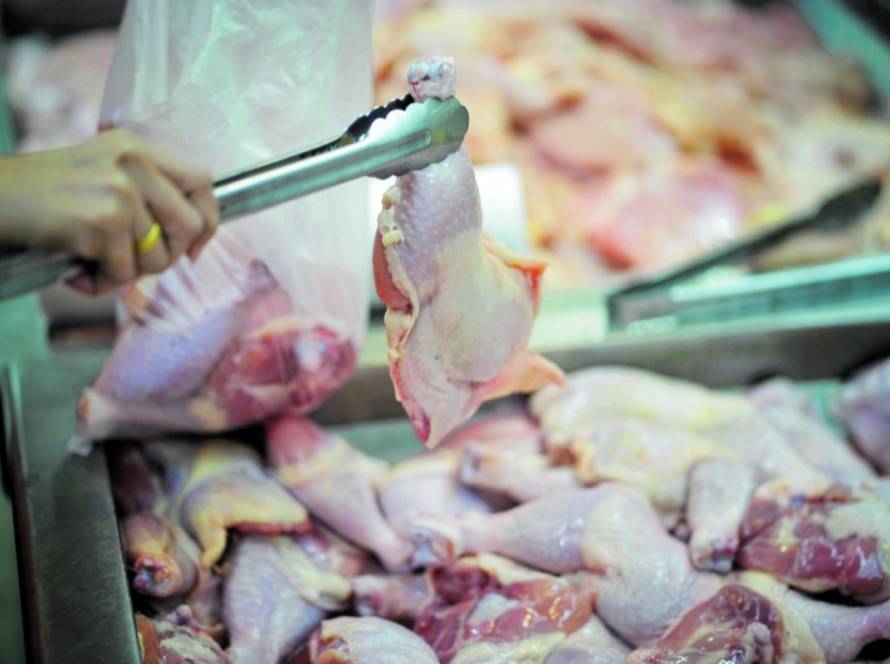Despite some trade blockades still in place due to the avian flu outbreak, Brazilian chicken exports in July exceeded the previous month, showing signs of recovery. The country shipped 345,000 tons of fresh chicken meat, 18% higher than in June, although 22% lower than the same period in 2024. The average export price declined slightly by 0.5%, remaining relatively stable since April, when the first embargoes began to impact the sector.

Photo: Jonathan Campos
Some key markets, such as China and the European Union, remain closed, but the July movement indicates that the industry is beginning to partially circumvent the lockdowns. According to preliminary data from the Federal Inspection Service (SIF), slaughter in May and June showed growth compared to the previous year, accompanied by an increase in chick placement. The surplus production was absorbed by the domestic market, moderating, but without compromising, the industry's margins.
Domestically, the price of frozen whole chicken in São Paulo fell by 2.1% in July compared to June, much less intense than the 13% observed in June, approaching the 2024 price curve. From August onwards, prices began to show a reaction, a trend similar to that recorded for beef and pork carcasses.
The good news for poultry farmers comes from production costs, which fell 3.8% in July, driven by lower corn and soybean meal prices. With the average price of slaughtered chicken falling by only 2%, the activity spread saw a slight improvement, remaining in line with the historical average after a robust start to the year.





